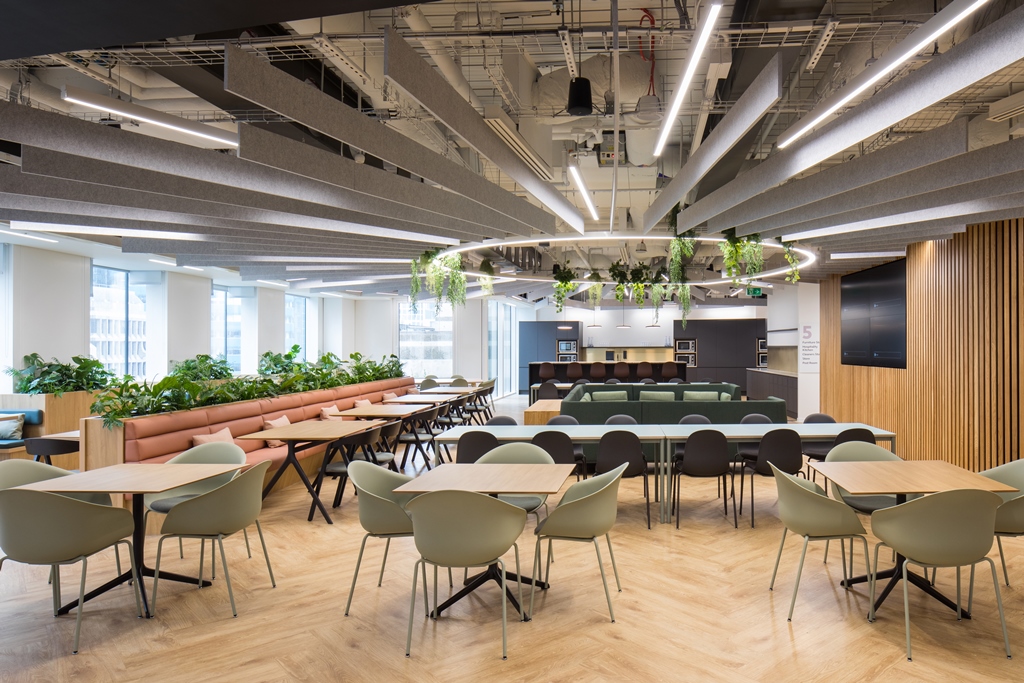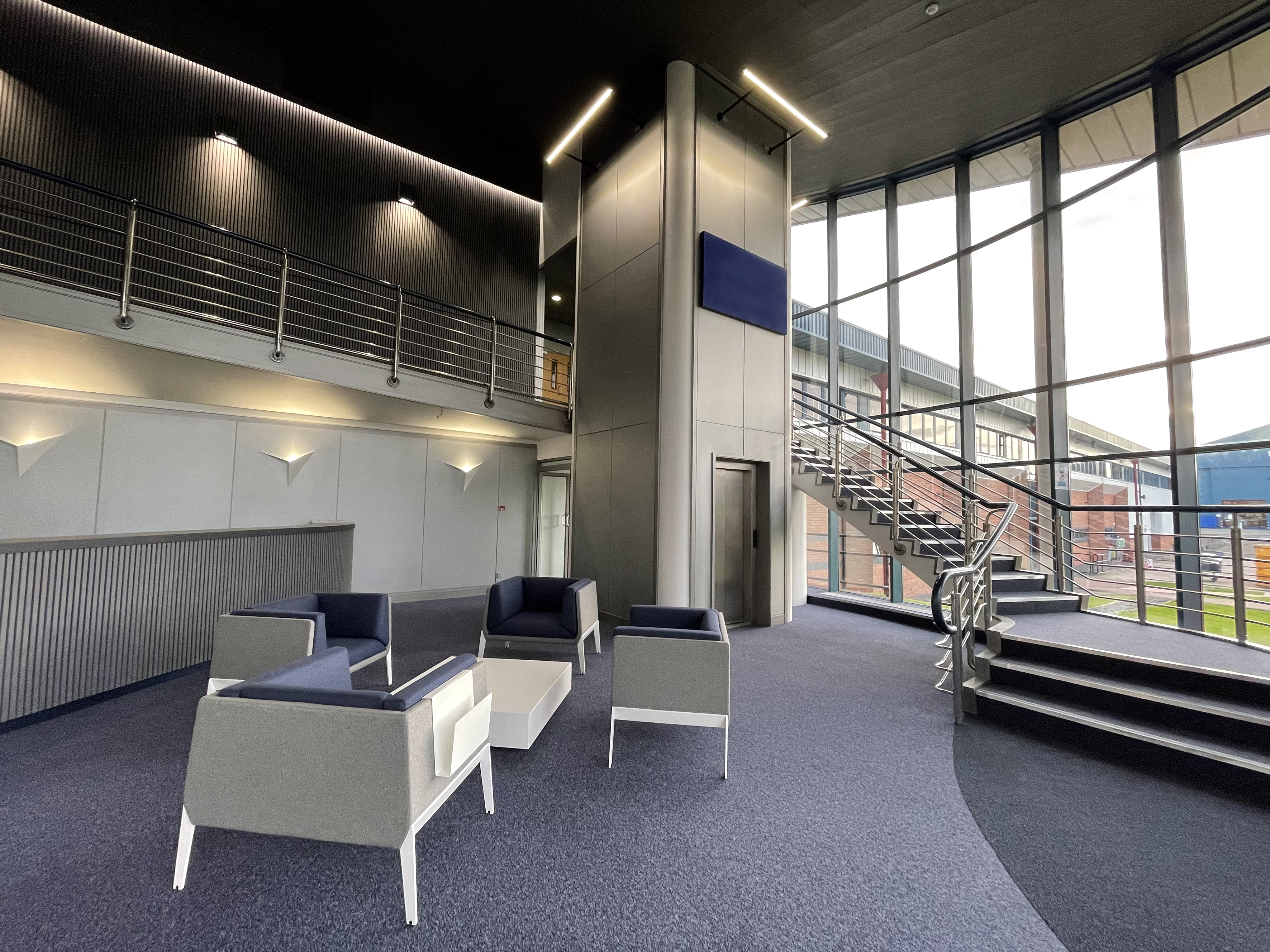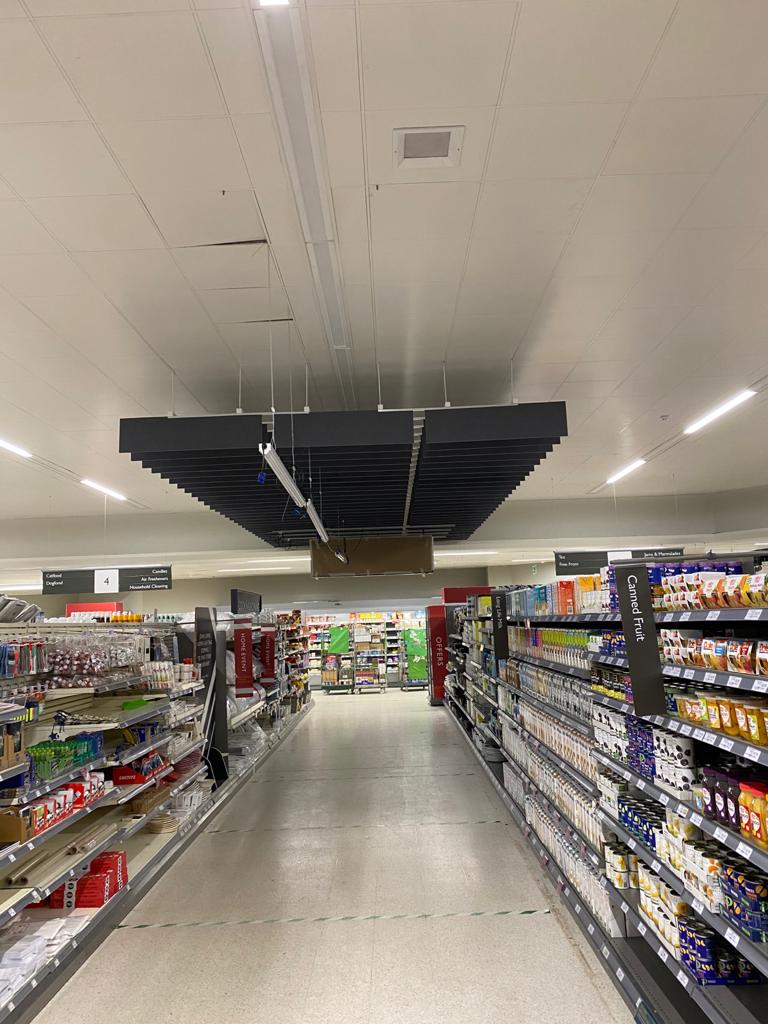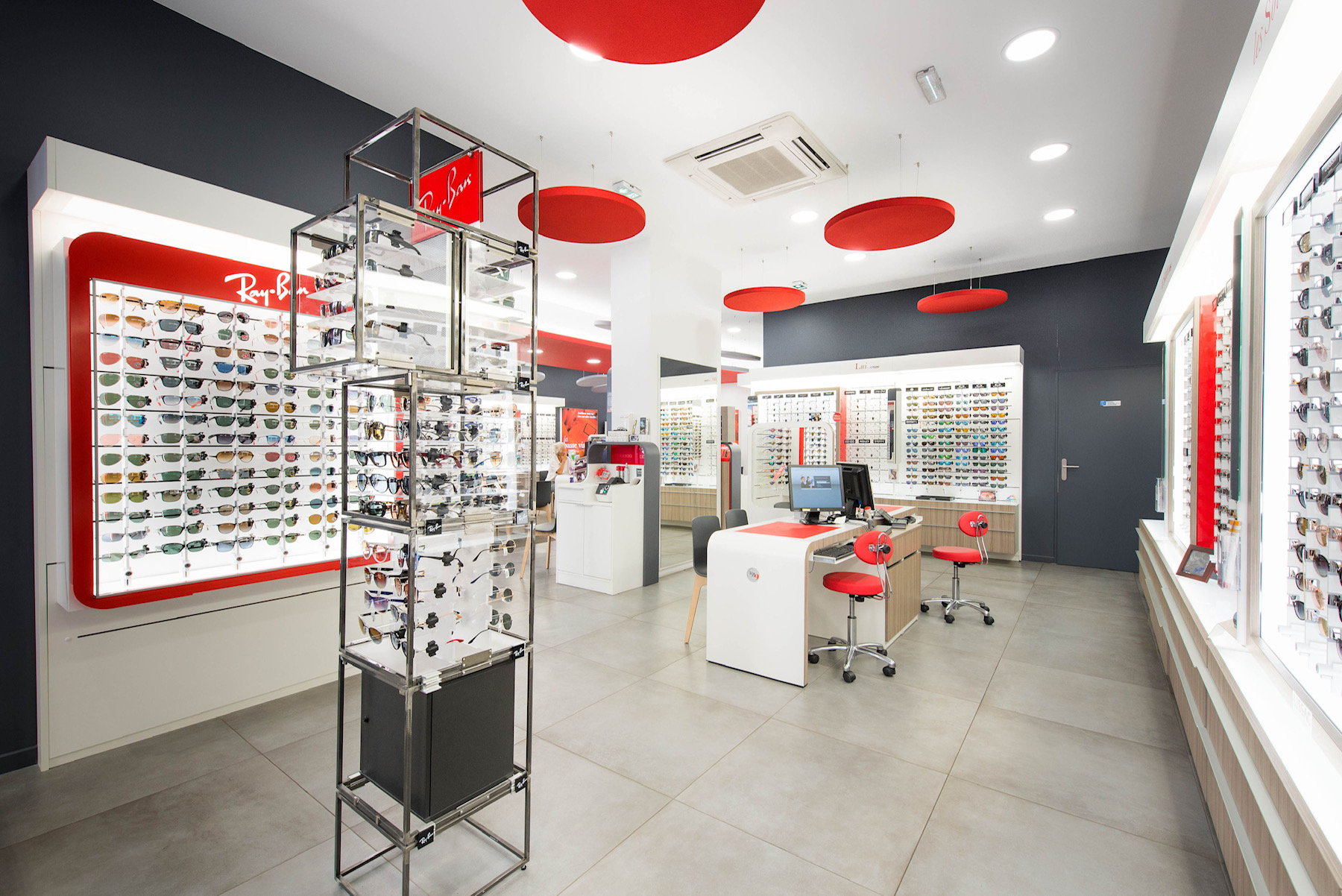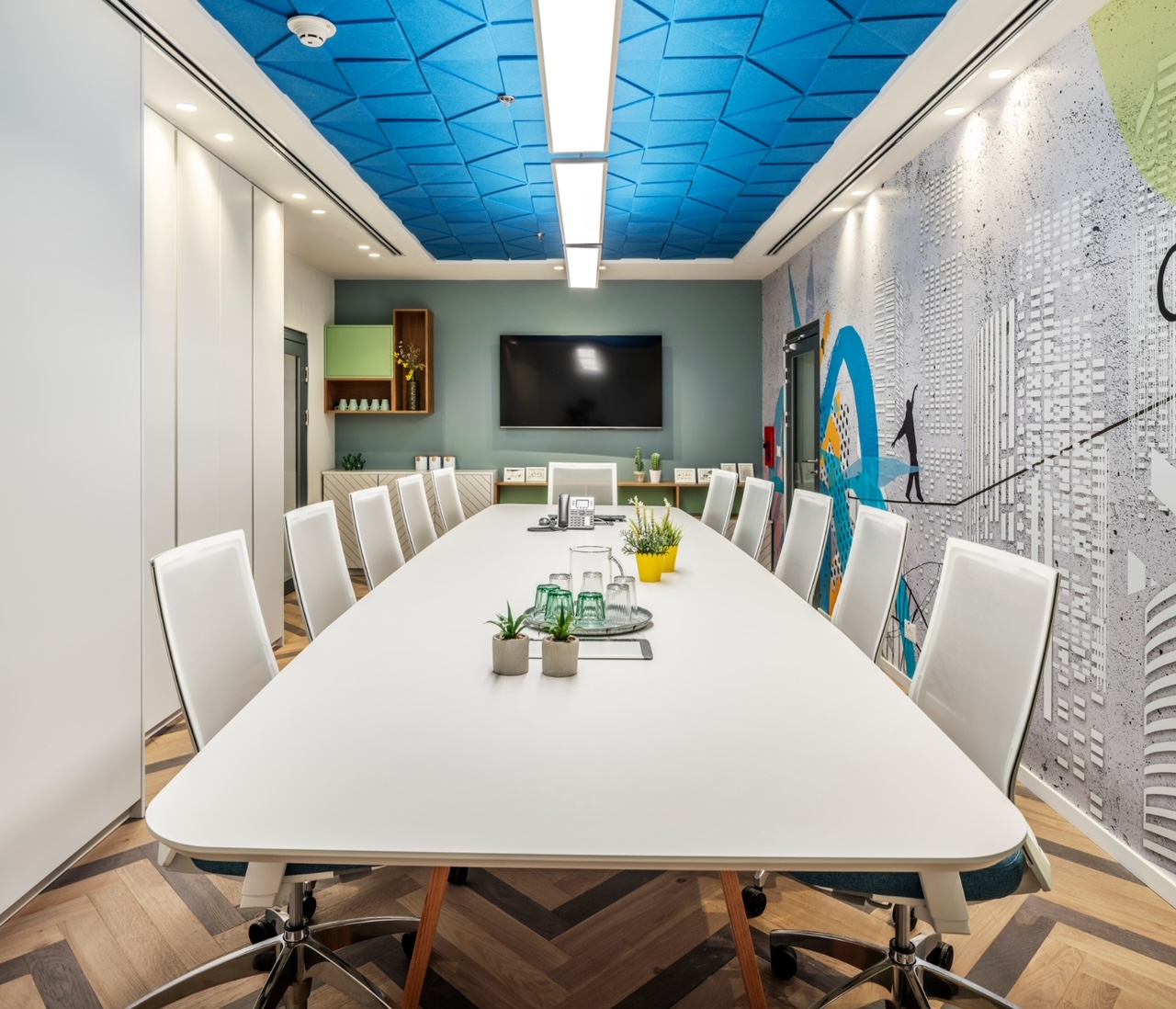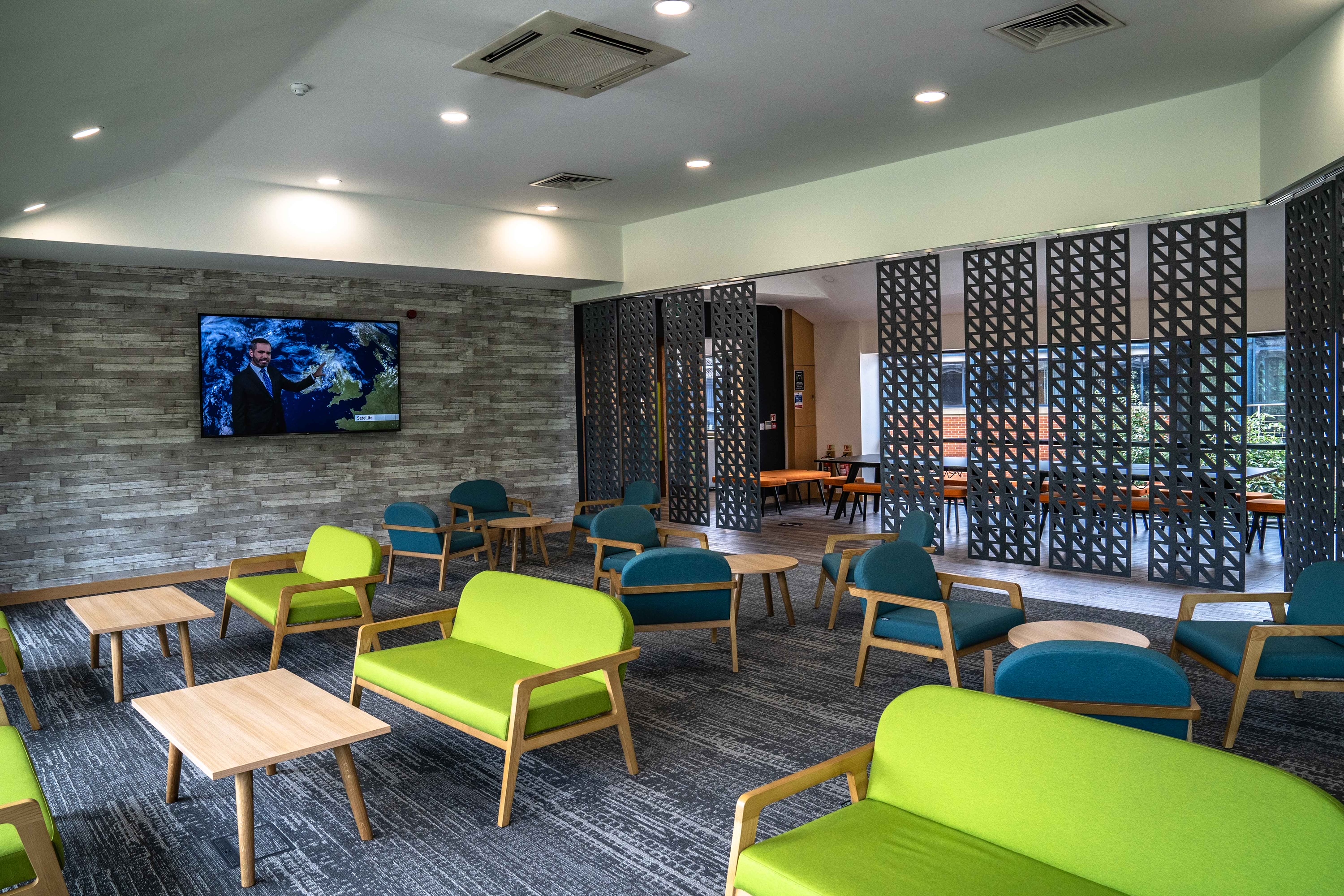Let’s begin with what does sustainable mean. Sustainability can be defined as the capacity to maintain or improve the state and availability of desirable materials or conditions over the long term, so when we talk about sustainable buildings, we are not just talking about the products utilised in the construction and finishing of a space or building, but the longevity of the design, for the purpose it was created.
Good sustainable design is how well the building works and performs for a lengthy period, and how easy it is to work in, or sell products in these buildings. Thankfully architects and designers are not only on board with the implementation of sustainable materials and are actively using them in their designs, but are also more aware than ever, that sustainable design means that the building works for the inhabitants, as much as the environment.
So, what is a sustainable building? It refers to both the structure and the application of processes that are environmentally responsible, and resource-efficient throughout a building's life cycle: from planning to design, construction, operation, maintenance, renovation, and demolition. A sustainable building is designed and operated to use and reuse materials in the most productive and sustainable way across its entire life cycle, and is adaptable for reuse during its life cycle.
One of the ways to maintain its success, is the productivity that comes as a result from the building, but get the elements wrong, and it’s all for nothing. One of the biggest factors for a drop in productivity is absenteeism and/ or a continuous turnover of staff, a lack of concentration and ability to think, work or shop calmly, and this largely falls to the noise level and subsequent stress levels it creates.
Background noise, even at low levels, has been found to increase stress levels and undermine short-term memory, reading comprehension and willingness to engage with others.
Studies have reported that workers have been seen to be 60% less productive in a noisy office – which is a worrying statistic to any business owner, and in retail, keeping your audience’ attention and interest is paramount to sales and turnover too, so considering the acoustics at the planning stage is essential when embarking on any refurbishment or new build.
Thankfully in today’s market, acoustic products cover all sectors and applications, and range from quietly discreet to inspiring focal points in many decorative forms such as wall panels and ceiling enhancements, and let’s face it, because without soft surfaces such as carpets, curtains, and soft furniture, which have been replaced with easier-to-maintain and more space-saving materials, absorbency for the sound has never been so important. Sound or reverberated sound, otherwise known as noise, has to go somewhere and if there is nothing to absorb and diffuse it, sound waves will just bounce around making life very difficult for those using the space to concentrate or utilise effectively, and once you factor in the Lombard Effect, where everyone starts to talk louder to be heard above one another, the space quickly becomes uncomfortable and redundant for the purpose it was created, and therefore no longer sustainable.
But what about the materials used? In today’s market, sustainable building and finishing materials are everywhere from flooring to glass, furniture to lighting, recycled content is key and in growing demand. Soundtect is proud to be one such manufacturer, using over 70% recycled polyester for their products, which are in fact, a third-generation product, which began life first as a plastic PET bottle, and then recycled into exhibition carpets before being woven into superior quality high performance acoustic felt.
Soundtect has such a wide and diverse range of solutions that their products are supplied across all sectors from Commercial, Retail, Hospitality, and Education. From the chain of opticians in France who added vibrant acoustic ceiling rafts as vital absorption in an otherwise hard surfaced environment, and a clear brand design in the process, to superstores where acoustic baffles are being used to reduce the confusion exacerbated in busy aisles, Cafes and break out areas in busy offices, to the Aerospace Reception which was beautifully designed to not only be a memorable space but also super sustainable, as by utilising the Harmony which is Soundtect latest acoustic product, instead of joinery to create the look the client wanted, recycled content on the build was high, installation costs were kept low, noise control was superb and longevity at its core.
So, whether your space is a commercial office, retail store or hospitality lounge, sound can be treated as part of the design and as all the solutions, are impact resistant, low VOC, easy to clean and visually appealing, handling the noise has never been so easy, beautiful, and memorable, and with so much competition for business, being memorable really counts.
If you would like to read more examples of Soundtect project case studies, please see their website: https://soundtect.com/projects.
How sustainable is your retail or commercial Space? And does it work?
Soundtect Limited
View company profile| T | 020 3040 2939 |
|---|---|
| E | enquiries@soundtect.com |
| W | Visit Soundtect Limited's website |
| 3 Albemarle Way, London, EC1V 4JB |


